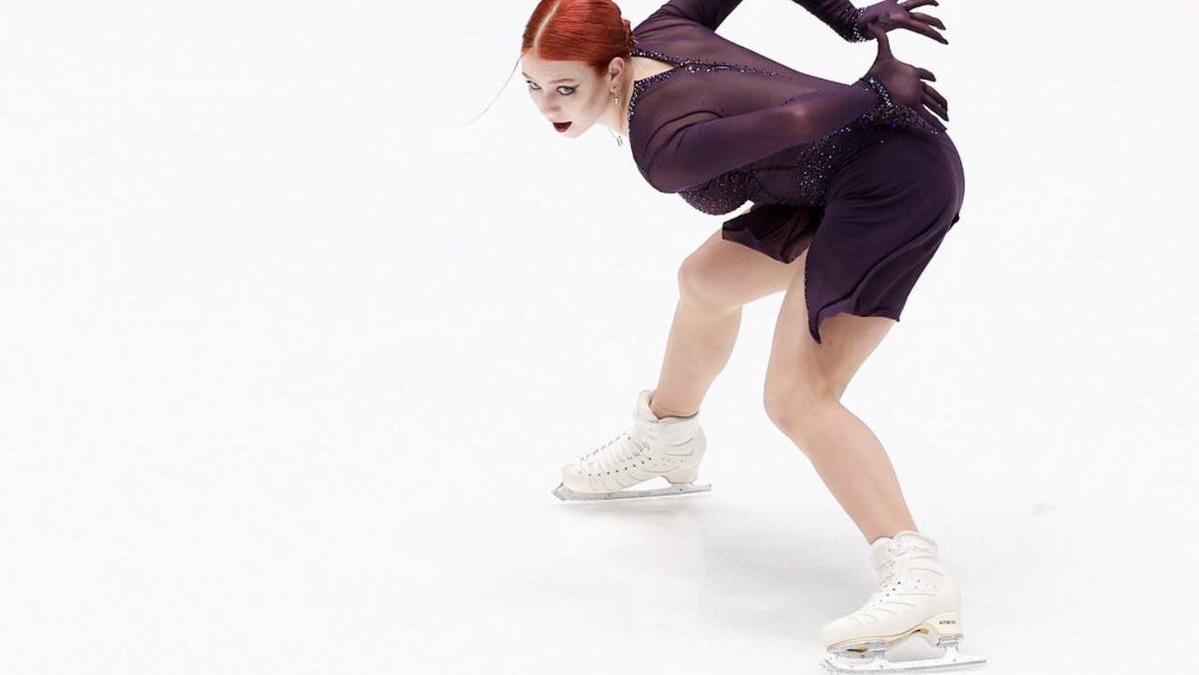January 15, 2025
Alexandra Trusova Expecting a Child
March 16, 2025

Athletes don’t just train their bodies—they train their minds. Visualization, or mental imagery, is a powerful technique where athletes mentally rehearse their performance, boosting confidence, focus, and results. Backed by science, this practice isn’t just wishful thinking—it rewires the brain and primes the body for success. Here’s how it works and why it’s a game-changer.
Visualization tricks the brain into thinking it’s game day. When an athlete imagines sinking a free throw or nailing a sprint, the same neural pathways fire as during the real thing. A 2018 study in Frontiers in Neuroscience found that mental imagery activates the motor cortex—the brain’s movement hub—almost as strongly as physical practice. This strengthens muscle memory without lifting a finger.
Seeing is believing, even in your mind. A 2020 Journal of Sports Psychology study showed that athletes who visualized success before competing reported 15% higher confidence levels and lower pre-game anxiety. Picturing a flawless dive or a steady putt conditions the mind to expect victory, quieting nerves and self-doubt that can derail performance.
Visualization hones laser-like focus. By mentally rehearsing every detail—say, the arc of a soccer kick or a gymnast’s landing—athletes prime their brains for precision. Research from The Sport Psychologist in 2019 revealed that basketball players who visualized free throws improved accuracy by 12% over those relying solely on physical drills. It’s like programming a mental GPS for the body to follow.
Imagery isn’t static—it’s dynamic. Athletes who visualize reacting to a pitcher’s curveball or a rival’s dodge build faster reflexes. A 2021 Journal of Motor Behavior study found that mental practice cuts reaction times by up to 10%, as the brain pre-maps responses. This edge can mean the difference between a block or a goal.
The science ties to mirror neurons—brain cells that fire when you act or watch someone act. Visualizing a perfect serve activates these neurons, mimicking real movement. A 2022 Neuroscience Letters study showed this boosts neuromuscular coordination, making actions feel smoother and more automatic when it’s go-time.
Elite athletes swear by it. Michael Phelps visualized every stroke—and even mishaps like a torn swimsuit—before Olympic races, crediting imagery for his 28 medals. A 2017 International Journal of Sports Science analysis found that Olympians using visualization outperformed non-users by 8% on average. It’s not magic; it’s mental prep paying off.
Start simple: 5-10 minutes daily. Close your eyes, picture your event in vivid detail—sounds, smells, sensations. See yourself succeeding, step-by-step. A 2023 Psychology of Sport and Exercise study suggests doing this pre-workout or pre-game for max impact, pairing it with deep breathing to lock in focus.
Visualization enhances athletic performance by bridging mind and body. It builds neural pathways, steadies nerves, sharpens skills, and quickens reflexes—all without breaking a sweat. Science backs it: athletes who see it, achieve it. Next time you train, don’t just move—imagine the win first.
By Vitalina Andrushchenko, Staff Writer

January 15, 2025
Alexandra Trusova Expecting a Child

April 05, 2025
Alexandra Trusova and Makar Ignatov Reveal the Gender of Their Future Child

December 26, 2024
2025 World Junior Championship Schedule